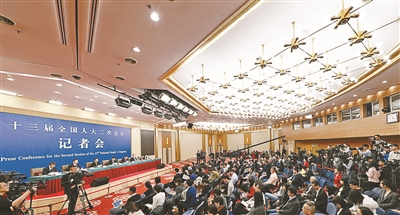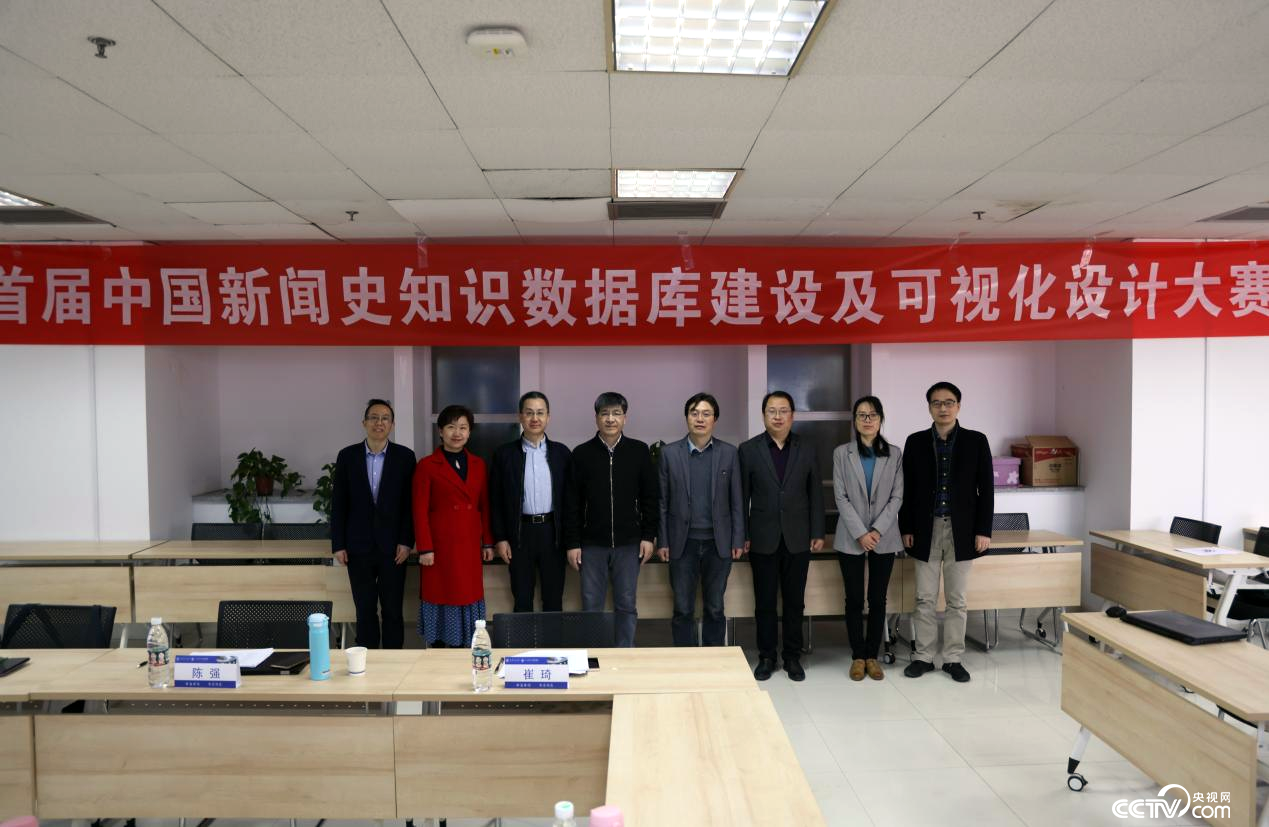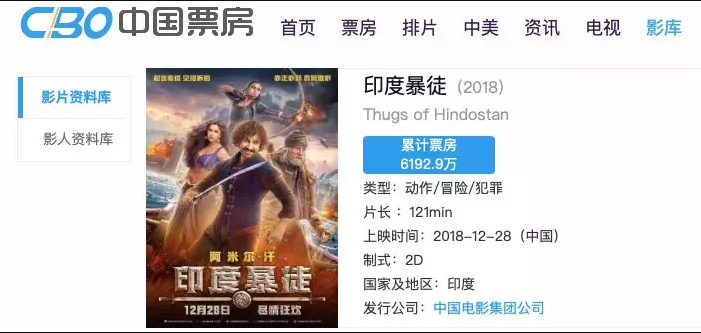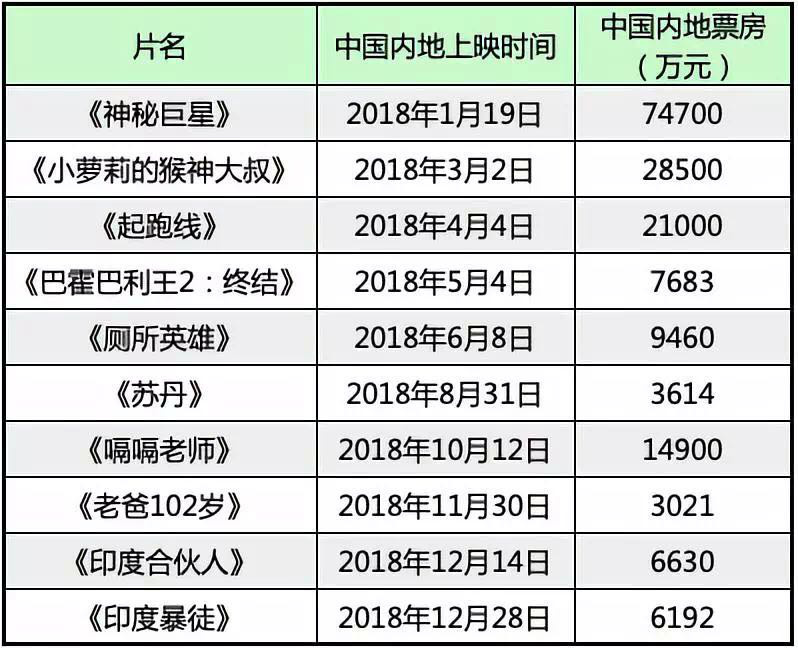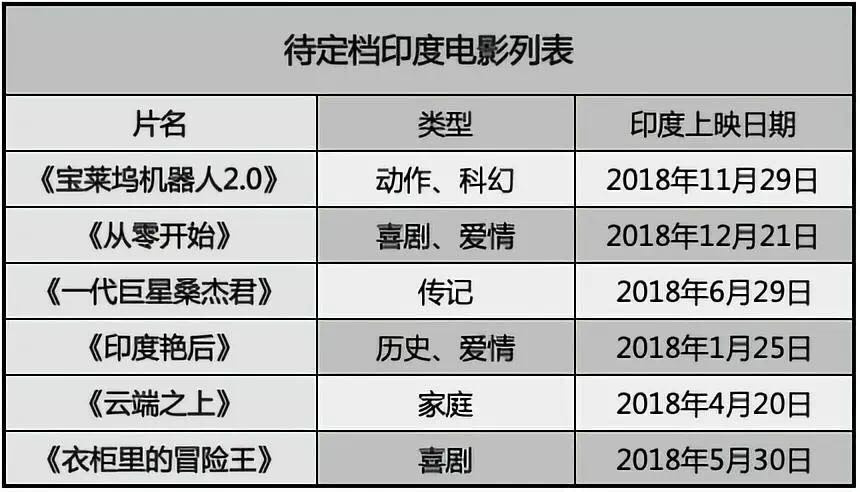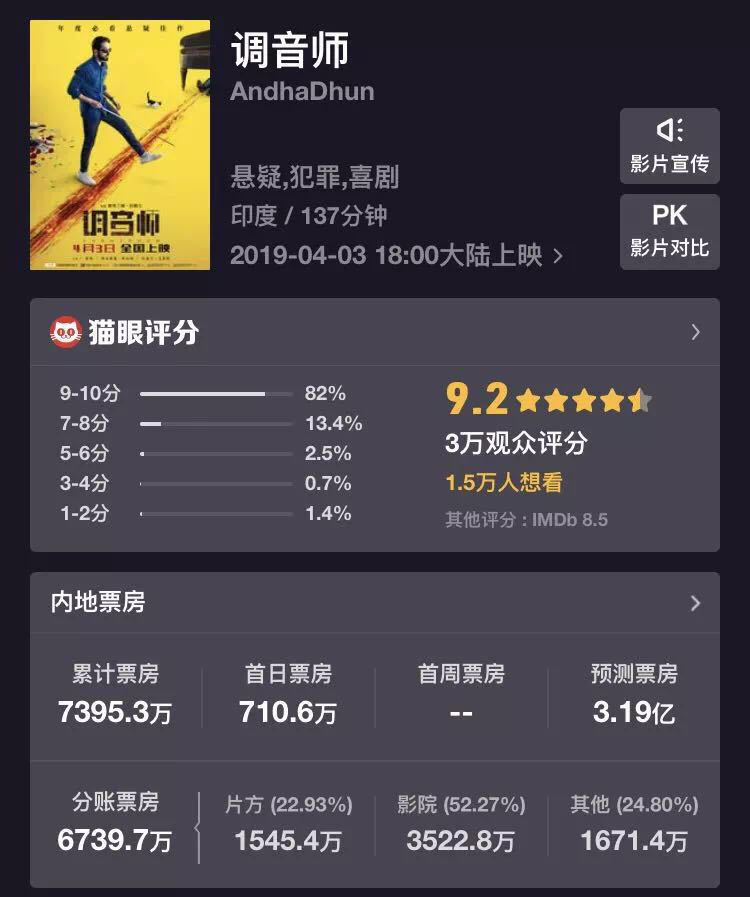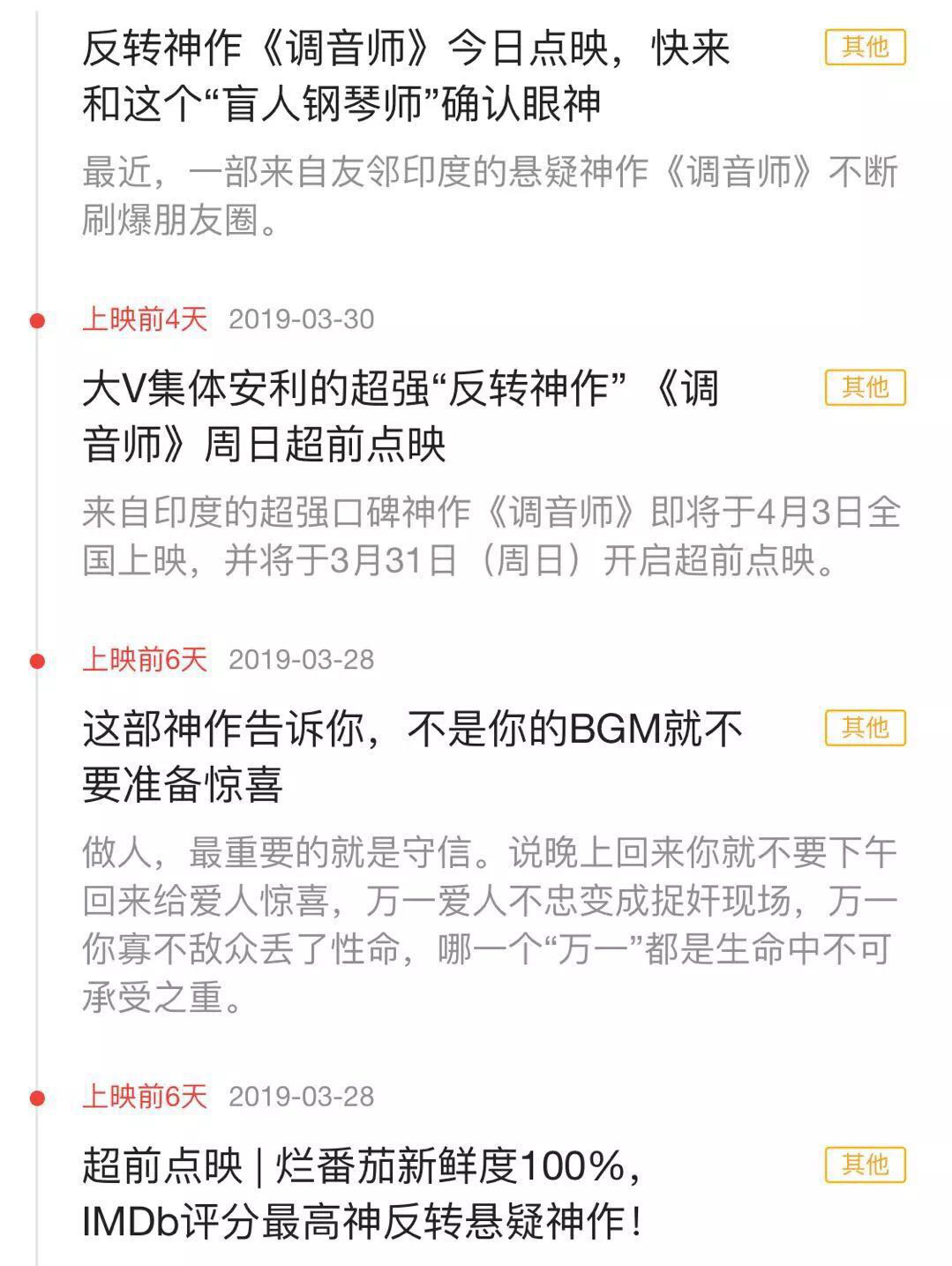The growth rate is accelerating quarter by quarter, and the structure is constantly optimized-China’s foreign trade shows a continuous improvement trend.
Since the beginning of this year, the global economic growth momentum has been weak. Faced with the unfavorable situation of the complexity, severity and uncertainty of the external environment, China’s foreign trade has run to a good "acceleration". The data shows that in the first half of the year, the total import and export value of China’s goods trade was 21.17 trillion yuan, a year-on-year increase of 6.1%.
Experts said that in the first half of the year, China’s foreign trade performed brilliantly, the trade scale reached a new high, and the high-quality development achieved remarkable results, showing resilience and vitality.
Foreign trade "report card" exceeds expectations
In the first half of the year, the scale of China’s foreign trade exceeded 21 trillion yuan for the first time in the same period, and the growth rate of import and export accelerated quarter by quarter, with an increase of 7.4% in the second quarter, which was 2.5 and 5.7 percentage points higher than that in the first quarter and the fourth quarter of last year respectively, and the positive momentum of foreign trade was further consolidated.
"In the first half of the year, the foreign trade’ transcripts’ exceeded expectations, and further optimization of export product structure is an important factor." Ni Yueju, a researcher at the Institute of World Economics and Politics of the Chinese Academy of Social Sciences, said.
In the first half of the year, China exported 7.14 trillion yuan of mechanical and electrical products, an increase of 8.2%, accounting for nearly 60% of China’s total export value. Externally, benefiting from the improvement of international market demand, some major economies have entered the replenishment cycle; Internally, a complete and resilient industrial chain supply chain provides a strong guarantee for the development of China’s electromechanical industry and the promotion of its international market share. In addition, the "new three kinds" continue to lead the growth of foreign trade, and the export momentum of high-end manufacturing products such as ships and marine engineering equipment and rail transit equipment is strong.
Foreign trade performance has a strong correlation with domestic economy. In the first half of the year, China’s economic operation was generally stable, with both quantitative growth and qualitative improvement, which laid a good foundation for foreign trade development. "The scale of foreign trade reached a record high, which also played an important supporting role in economic growth in the first half of the year." Zhu Caihua, a professor at the Institute of International Economics of the University of International Business and Economics, said.
Private enterprises have provoked the "beam" of foreign trade development, and their main position has become more stable. In the first half of the year, the import and export volume of private enterprises increased by 11.2%, accounting for 55% of the total import and export volume, an increase of 2.5 percentage points over the same period last year.
Zhao Tonglu, director of the National Economic Accounting Department of the National Bureau of Statistics, said that China has continued to promote high-level opening to the outside world, accelerated the cultivation of new kinetic energy of foreign trade, steadily increased the scale of foreign trade, and continuously optimized its structure, making positive contributions to promoting sustained economic recovery. In the first half of the year, the contribution rate of net exports of goods and services to economic growth was 13.9%, driving GDP growth by 0.7 percentage points.
Multi-strategy opens up growth space
In mid-July, Xi ‘an Customs and Qingdao Customs jointly launched the supervision mode of "direct sea-rail transportation by land and sea". After the inland goods arrive at Qingdao Port, they can be shipped directly, saving more than 24 hours for goods to be stored in the port and waiting for inspection and release at the port. Through innovative supervision mode, the customs of the two places have further improved transportation efficiency and enhanced the ability of foreign trade enterprises to expand the market.
Zhao Fujun, director and researcher of the Comprehensive Research Office of the Foreign Economic Research Department of the State Council Development Research Center, said that in the first half of the year, China’s imports and exports to countries that jointly built the "Belt and Road" increased by 7.2% year-on-year, which was 1.1 percentage points higher than the overall growth rate of China’s imports and exports; Imports and exports to ASEAN increased by 10.5%, which was also much higher than the overall growth rate of China’s exports. The cumulative number of trains in China and Europe exceeded 10,000 19 days earlier than the previous year, and the cumulative volume of goods sent increased by 11%, which played a positive role in maintaining the stability and smoothness of the international industrial chain supply chain.
With the steady progress of the high-quality development of the "Belt and Road", the economic and trade cooperation between China and the countries that jointly built the "Belt and Road" has continued to deepen. In the first half of the year, Fujian Province exported 64.82 billion yuan of cross-border e-commerce to countries that jointly built the Belt and Road Initiative, up 142.2% year-on-year, accounting for 58.6% of the total value of cross-border e-commerce exports in Fujian Province in the same period. Guangxi’s import and export to ASEAN, the largest trading partner, increased by 26.7% year-on-year, and its import and export ratio to ASEAN increased significantly, and its import and export to emerging markets increased rapidly.
In recent years, China’s foreign trade enterprises actively respond to changes in international demand, strive to cultivate new competitive advantages, and show strong resilience. However, due to the impact of the US dollar interest rate hike, weak export earnings and other factors, foreign exchange reserves in Africa and Latin America are generally insufficient, and it is difficult for Chinese foreign trade enterprises to repay their money on time after exporting to these regions. Zhao Fujun believes that in the future, BRICS expansion and "BRIC+"cooperation will provide more development opportunities for countries in the south of the world and will enhance their competitiveness in the global economy.
Foreign trade is expected to maintain steady growth.
In the second half of the year, the situation facing China’s foreign trade is still grim, but there are also many favorable factors. Experts believe that China’s foreign trade can still maintain a steady growth trend.
Under the background of increasing global trade protectionism, China’s trade will face some new situations in the second half of the year: unbalanced global economic recovery may lead to unstable demand; Geopolitical conflicts are becoming increasingly tense, which may produce unexpected situations to block the recovery process of international trade; Europe and the United States joined forces to suppress China’s new energy vehicles through high tariffs, which made the "new three" exports face new challenges.
Zhu Caihua believes that in the face of challenges, we should continue to accelerate the construction of a unified national market and continue to expand the scale advantage of the domestic market. Promote technological innovation and industrial transformation and upgrading, and constantly consolidate trade competitive advantages. Promote the transformation from "trade-oriented going to sea" to "ecological going to sea", that is, promote the transformation of some goods trade into investment and other cooperation modes, thus promoting the transformation of goods trade advantages into service trade and digital trade advantages. In addition, we should properly deal with trade barriers and trade frictions and accelerate the expansion of emerging markets.
We should also see that China’s foreign trade growth has many favorable factors. Ni Yueju said that China’s foreign trade has strong resilience, and a complete industrial chain and a series of foreign trade policies have also given strong support. It is expected that China’s foreign trade will maintain a steady growth trend in the second half of this year without sudden major international events.
Zhao Fujun said that the global trade situation this year is slightly better than last year. According to the report of the World Trade Organization, the global trade volume of goods decreased by 1.2% in 2023, and it is expected to increase by 2.6% in 2024. In addition, China’s domestic economic operation is generally stable, the RCEP tariff concession policy continues to release dividends, and the "One Belt, One Road" initiative is deepening, which is conducive to the steady development of China’s foreign trade. (Reporter Feng Qiyu)
